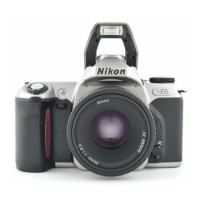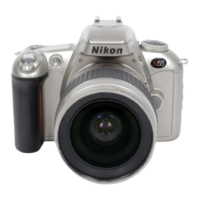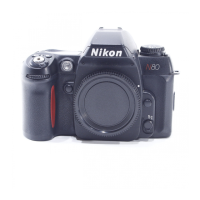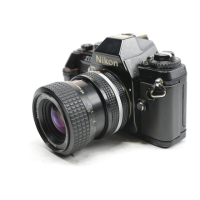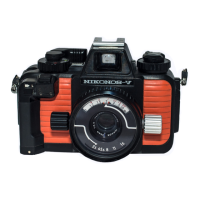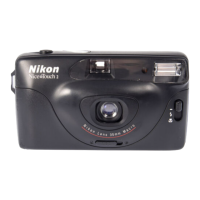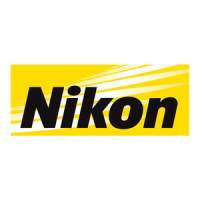
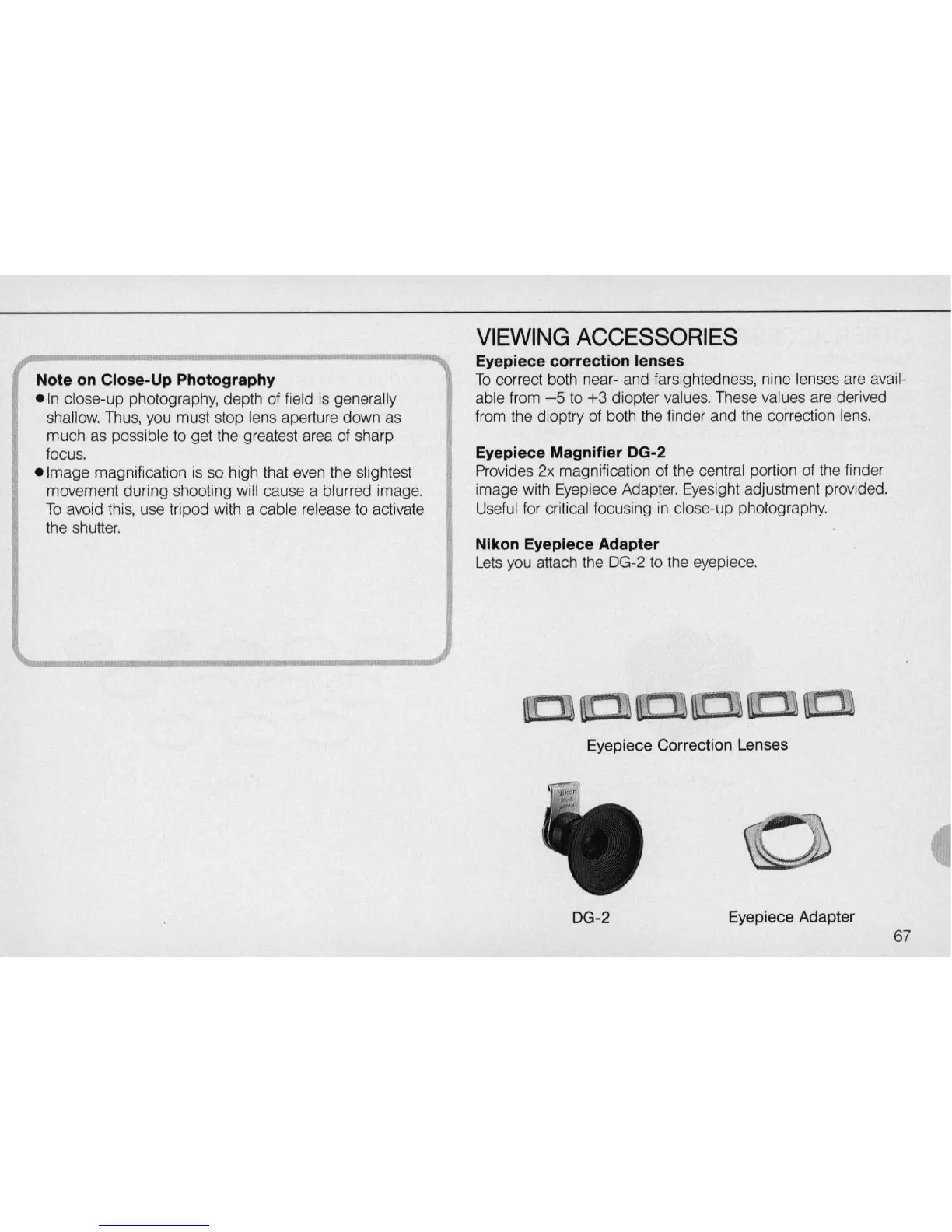 Loading...
Loading...
Do you have a question about the Nikon N6000 and is the answer not in the manual?
| Brand | Nikon |
|---|---|
| Model | N6000 |
| Category | Film Camera |
| Language | English |
How to attach and detach lenses from the camera body.
Step-by-step guide for inserting the camera battery.
How to verify the battery level and status.
Instructions on how to properly load film into the camera.
Procedure for rewinding film at the end of the roll.
How to set film speed for automatic DX-coded or manual input.
How to choose between single-frame or continuous shooting modes.
Techniques for achieving sharp focus using viewfinder aids.
Explains Matrix and Center-Weighted metering options.
Instructions on how to select the desired metering system.
Guidance on choosing between Matrix and Center-Weighted metering.
Overview of available automatic and manual exposure modes.
Details on Auto Multi-Program and Normal Program auto modes.
How to control shutter speed while the camera sets aperture.
How to control aperture while the camera sets shutter speed.
How to set both aperture and shutter speed manually.
Methods to adjust exposure beyond standard readings.
How to use the self-timer for delayed shots.
Chart detailing compatibility of various lenses with camera modes.
Information on Nikon Speedlights compatible with the N6000.
Lenses and attachments for close-up photography.
Eyepiece correction lenses and magnifiers for improved viewing.
Lens hoods, filters, camera cases, and neckstraps.
Guidelines for maintaining and cleaning the camera.
Important information regarding battery usage and care.
Technical details and features of the N6000 camera.
Definitions of technical terms used in the manual.
Explanations of LCD panel warnings and their remedies.


